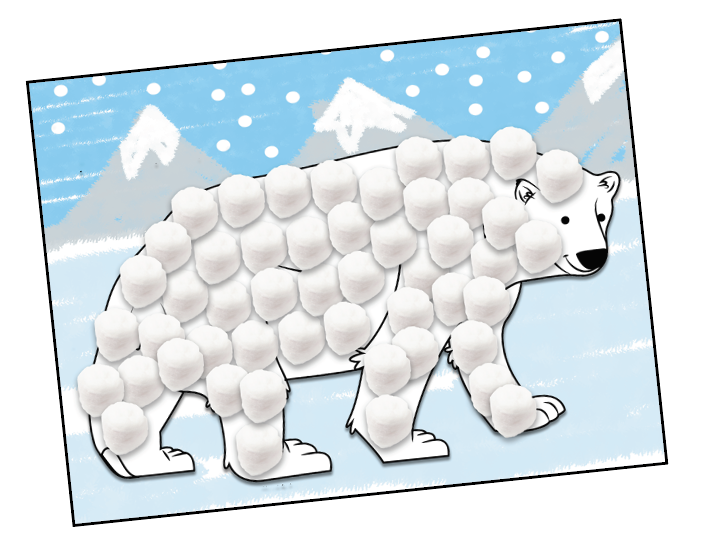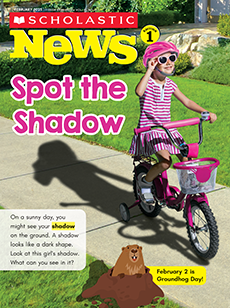The Coolest Bears Lesson Plan
Academic Standards
Reading Objective:
Children will identify characteristics and adaptations of polar bears.
Science Focus:
Polar animals’ behavior and winter adaptations
CCSS:
RI.1.8 Text evidence; RI.1.1 Key details; SL.1.2 Discuss a video; L.1.4 Clarify words and phrases; RI.1.2 Main idea/ details; RI.1.10 Read and discuss first-grade texts
- Project or pass out the Predictions printable. Kids can do the first column.
- After reading the issue, they can go back and do the second column. Then discuss what they learned. (SKILL: RI.1.8 Text evidence)
- Before watching "Roly-poly Polar Bears," ask kids what they already know about the animal. Let children share their ideas freely.
- After watching, ask children if they learned anything new or that surprised them. (SKILL: SL.1.2 Discuss a video)
- Play the vocabulary slideshow. This issue’s featured words are plunge, dens, and waterproof. (SKILL: L.1.4 Clarify words and phrases).
- Read the issue together.
- Get kids up and moving with the Dance Break video.
- Then project and discuss the reading checkpoint skill sheet. Later, children can fill in their own copies. (SKILL: RI.1.1 Key details)
- Kids learn the names of Arctic animals in this fun game. (SKILLS: matching, memory)
- With this skill sheet, kids are given the main idea and then asked to complete the details. (SKILL: RI.1.2 Main idea/details)

Objective: Children will complete an art project that leads to a scientific discovery.
Materials: light blue or white construction paper, polar bear template, glue, cotton balls, white crayons
- Give each child a piece of white or light blue paper and ask them to imagine it is the snowy Arctic. If they like, they can add to the “snowy” scene by drawing icebergs and snow drifts with white crayon!
- Next, give each child a polar bear template and have children cut out their polar bears. Then they can glue the polar bear to the paper. For “fur,” have children glue cotton balls to cover the polar bear.
- Talk with children about the idea of camoufl age. Do they think the polar bear would be easy to see in the snowy Arctic or hard to see? How might the polar bear’s white fur help the polar bear? (It helps it to blend into the background and to sneak up on prey.) (SKILLS: fine motor, scientific thinking)
